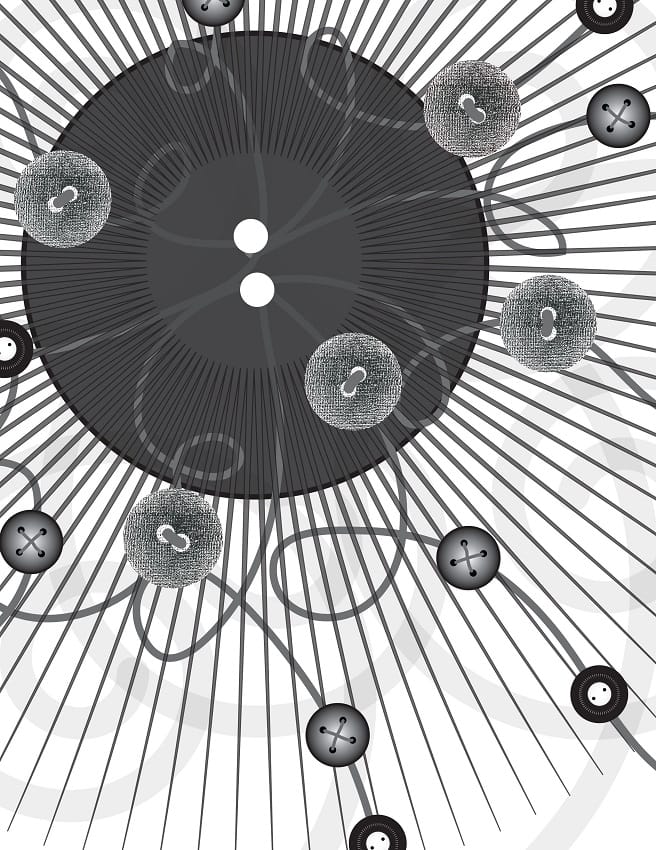
Asymmetrical Balance essay
It is known that asymmetry is often used by painters in their works of art. This technique helps to represent composition in such a way when one part of the composition does not correspond to the design of the other part. The so-called asymmetrical balance is one of the main principles of art in which the parts of the composition’s design are organized in such a way that one part differs from the other part without destroying the overall harmony of the composition. Edgar Degas’ painting Race Horses which is included in the collections of Philadelphia Museum of Art is considered to be an asymmetrical balance painting .
The painter represents several horses and jockeys in the right-hand side of the composition living the opposite side without any images. The focal point, as the center of viewer’s interest in the work of art, is the central image of the horse with jockey sitting astride it. The painter has chosen this figure as the focal point because it is the most important part of the composition. Contrast, color and structure help the viewers to find the focal point in this painting. Besides, the painter represents a variety in the postures of the horses which also help to define the focal point as the central image of the horse with jockey astride it can be easily observed. The central object which can be regarded as a focal point is located on the foreground of the composition. The composition is completed by the presence of the distinct church tower which is located in the background as well as the other jockeys riding horses.
In this painting, the balance is achieved in the use of color, space and the total mood of the work. The colors of the surface of the land as well as the horses harmonize the general representation of the composition. Special attention is paid to the use of tonality in this work of art. Even the sky is of the same color as the surface. In addition, in the painting Race Horses, Edgar Degas tries to achieve balance between soft and hard use of contrast as well as between tonality and color. It means that the dominant color in this composition is the color of horses. Moreover, the use of asymmetrical balance and negative space in the painting helps the painter to create the so-called feeling of action. The viewer’s eye is being led to the central object and then to the distinct objects of the church and surrounding fields, and then to other three jockeys riding horses. To sum up, the employment of the above mentioned compositional methods by Edgar Degas helps to see the beauty of horses in motion and feel the space and harmony with nature.

